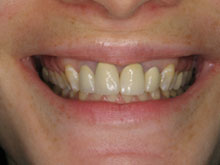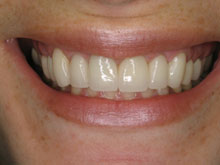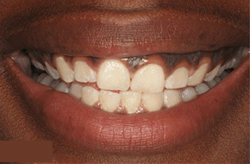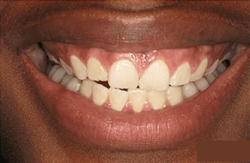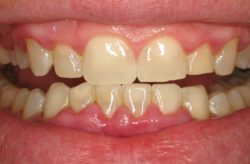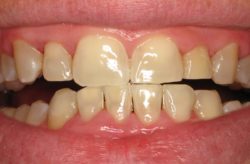Are there specific tests to determine bad breath originating from gum issues?

Specific tests to determine bad breath originating from gum disease involve a combination of clinical evaluations and diagnostic tools. Here are some key assessments commonly used by dental professionals to identify and diagnose bad breath associated with gum disease:
Periodontal Probing:
- Procedure: During a periodontal probing, dental professionals use a periodontal probe—a thin, calibrated instrument—to measure the depth of periodontal pockets. These pockets form between the teeth and gums in individuals with gum disease.
- Purpose: Deeper pockets indicate advanced gum disease (periodontitis), providing insights into the extent of bacterial colonization and potential sources of bad breath.
Gingival Assessment:
- Procedure: The health of the gums is visually assessed, looking for signs of inflammation, redness, swelling, and bleeding during probing or gentle manipulation.
- Purpose: Gingival assessment helps determine the presence and severity of gingivitis or periodontitis, conditions associated with bacterial activity, and bad breath.
Bacterial Testing:
- Procedure: Bacterial testing may involve collecting samples from periodontal pockets or the tongue coating. These samples can be analyzed to identify specific bacteria responsible for producing malodorous compounds.
- Purpose: Identifying the types and quantities of bacteria present helps customize treatment strategies and provides insights into the microbial factors contributing to bad breath.
Saliva Analysis:
- Procedure: Saliva may be analyzed to assess its flow rate, composition, and buffering capacity. Reduced saliva flow can contribute to dry mouth, creating conditions favorable for bacterial growth and bad breath.
- Purpose: Saliva analysis helps evaluate the oral environment’s ability to neutralize acids, cleanse the mouth, and maintain optimal conditions for oral health.
Halitometer or Breath Testing:
- Procedure: Breath testing using a halitometer involves measuring the concentration of specific gases associated with bad breath, such as hydrogen sulfide and methyl mercaptan.
- Purpose: Quantitative data from breath testing provide an objective measure of oral malodor and its intensity, aiding in tracking changes over time and assessing treatment effectiveness.
Comprehensive Oral Examination:
- Procedure: A thorough oral examination includes assessing the tongue, teeth, and overall oral health to identify potential sources of bad breath, including dental decay, oral appliances, or prosthetics.
- Purpose: A comprehensive examination helps rule out other factors contributing to bad breath and guides the development of a targeted treatment plan.
These specific tests are integral to diagnosing bad breath associated with gum disease. The results guide dental professionals in developing personalized treatment strategies that address the underlying causes, promote gum health, and effectively eliminate bad breath.

